Discovery
Alexander von Humboldt reported one of the first synthetic peroxides, barium peroxide, in 1799 as a by-product of his attempts to decompose air.
Nineteen years later Louis Jacques Thénard recognized that this compound could be used for the preparation of a previously unknown compound, which he described as eau oxygénée (“oxygenated water”) – subsequently known as hydrogen peroxide.Today this term refers instead to water containing dissolved oxygen (O2).
An improved version of Thénard’s process used hydrochloric acid, followed by addition of sulfuric acid to precipitate the barium sulfate byproduct. This process was used from the end of the 19th century until the middle of the 20th century.
Thénard and Joseph Louis Gay-Lussac synthesized sodium peroxide in 1811. The bleaching effect of peroxides and their salts on natural dyes became known around that time, but early attempts of industrial production of peroxides failed. The first plant producing hydrogen peroxide was built in 1873 in Berlin. The discovery of the synthesis of hydrogen peroxide by electrolysis with sulfuric acid introduced the more efficient electrochemical method. It was first commercialized in 1908 in Weißenstein, Carinthia, Austria. The anthraquinone process, which is still used, was developed during the 1930s by the German chemical manufacturer IG Farben in Ludwigshafen. The increased demand and improvements in the synthesis methods resulted in the rise of the annual production of hydrogen peroxide from 35,000 tonnes in 1950, to over 100,000 tonnes in 1960, to 300,000 tonnes by 1970; by 1998 it reached 2.7 million tonnes.
Pure hydrogen peroxide was long believed to be unstable, as early attempts to separate it from the water, which is present during synthesis, all failed. This instability was due to traces of impurities (transition-metal salts), which catalyze the decomposition of the hydrogen peroxide. Pure hydrogen peroxide was first obtained in 1894—almost 80 years after its discovery—by Richard Wolffenstein, who produced it by vacuum distillation.
Determination of the molecular structure of hydrogen peroxide proved to be very difficult. In 1892, the Italian physical chemist Giacomo Carrara (1864–1925) determined its molecular mass by freezing-point depression, which confirmed that its molecular formula is H2O2. At least half a dozen hypothetical molecular structures seemed to be consistent with the available evidence. In 1934, the English mathematical physicist William Penney and the Scottish physicist Gordon Sutherland proposed a molecular structure for hydrogen peroxide that was very similar to the presently accepted one.
Previously, hydrogen peroxide was prepared industrially by hydrolysis of ammonium persulfate, which was itself obtained by the electrolysis of a solution of ammonium bisulfate (NH
4HSO
4) in sulfuric acid:
- {\displaystyle {\ce {2NH4HSO4 ->[{electrolysis}] (NH4)2S2O8 + H2}}}
- {\displaystyle {\ce {(NH4)2S2O8 + 2H2O ->[hydrolysis] 2(NH4)HSO4 + H2O2}}}
Production
Today, hydrogen peroxide is manufactured almost exclusively by the anthraquinone process, which was formalized in 1936 and patented in 1939. It begins with the reduction of an anthraquinone (such as 2-ethylanthraquinone or the 2-amyl derivative) to the corresponding anthrahydroquinone, typically by hydrogenation on a palladium catalyst. In the presence of oxygen, the anthrahydroquinone then undergoes autoxidation: the labile hydrogen atoms of the hydroxy groups transfer to the oxygen molecule, to give hydrogen peroxide and regenerating the anthraquinone. Most commercial processes achieve oxidation by bubbling compressed air through a solution of the anthrahydroquinone, with the hydrogen peroxide then extracted from the solution and the anthraquinone recycled back for successive cycles of hydrogenation and oxidation.
The net reaction for the anthraquinone-catalyzed process is :
- H
2 + O
2 → H
2O
2
The economics of the process depend heavily on effective recycling of the extraction solvents, the hydrogenation catalyst and the expensive quinone.
ISO tank container for hydrogen peroxide transportation
A tank car designed for transporting hydrogen peroxide by rail
Other sources
Small, but detectable, amounts of hydrogen peroxide can be formed by several methods. Small amounts are formed by electrolysis of dilute acid around the cathode where hydrogen evolves if oxygen is bubbled around it. It is also produced by exposing water to ultraviolet rays from a mercury lamp, or an electric arc while confining it in a UV transparent vessel (e.g. quartz). It is detectable in ice water after burning a hydrogen gas stream aimed towards it and is also detectable on floating ice. Rapidly cooling humid air blown through an approximately 2,000 °C spark gap results in detectable amounts.
A commercially viable process to produce hydrogen peroxide directly from the environment has been of interest for many years. Efficient direct synthesis is difficult to achieve, as the reaction of hydrogen with oxygen thermodynamically favours production of water. Systems for direct synthesis have been developed, most of which employ finely dispersed metal catalysts similar to those used for hydrogenation of organic substrates. None of these has yet reached a point where they can be used for industrial-scale synthesis.
Availability
Hydrogen peroxide is most commonly available as a solution in water. For consumers, it is usually available from pharmacies at 3 and 6 wt% concentrations. The concentrations are sometimes described in terms of the volume of oxygen gas generated; one milliliter of a 20-volume solution generates twenty milliliters of oxygen gas when completely decomposed. For laboratory use, 30 wt% solutions are most common. Commercial grades from 70% to 98% are also available, but due to the potential of solutions of more than 68% hydrogen peroxide to be converted entirely to steam and oxygen (with the temperature of the steam increasing as the concentration increases above 68%) these grades are potentially far more hazardous and require special care in dedicated storage areas. Buyers must typically allow inspection by commercial manufacturers.
In 1994, world production of H
2O
2 was around 1.9 million tonnes and grew to 2.2 million in 2006,most of which was at a concentration of 70% or less. In that year, bulk 30% H
2O
2 sold for around 0.54 USD/kg, equivalent to US$1.50/kg (US$0.68/lb) on a “100% basis”
Hydrogen peroxide occurs in surface water, groundwater and in the atmosphere. It forms upon illumination or natural catalytic action by substances contained in water. Sea water contains 0.5 to 14 μg/L of hydrogen peroxide, freshwater 1 to 30 μg/L and air 0.1 to 1 parts per billion.




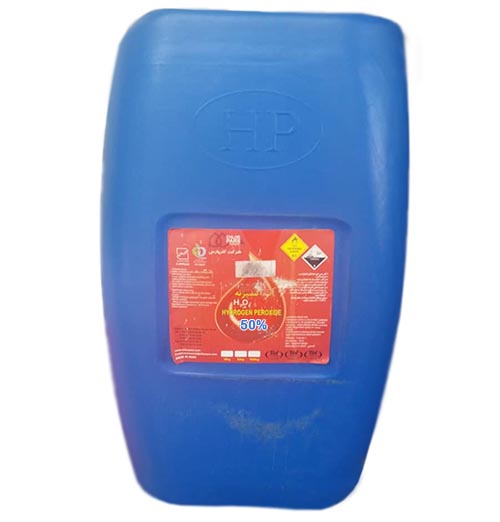


![{\displaystyle {\ce {2NH4HSO4 ->[{electrolysis}] (NH4)2S2O8 + H2}}}](https://wikimedia.org/api/rest_v1/media/math/render/svg/db83ccf805527a7d814cc0443fd02e172764a05b)
![{\displaystyle {\ce {(NH4)2S2O8 + 2H2O ->[hydrolysis] 2(NH4)HSO4 + H2O2}}}](https://wikimedia.org/api/rest_v1/media/math/render/svg/4ce4047f30e3c22e3987663c1f4a6f4b12e125ee)






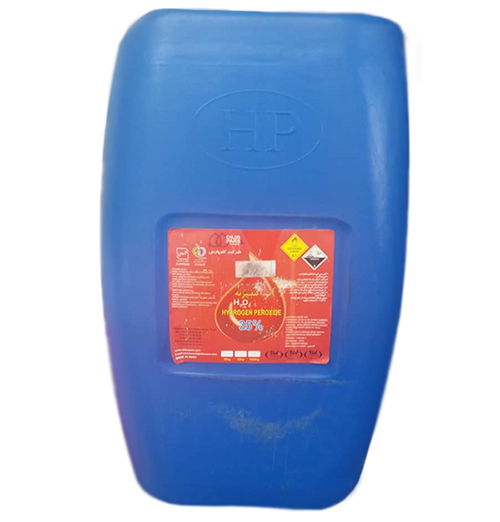

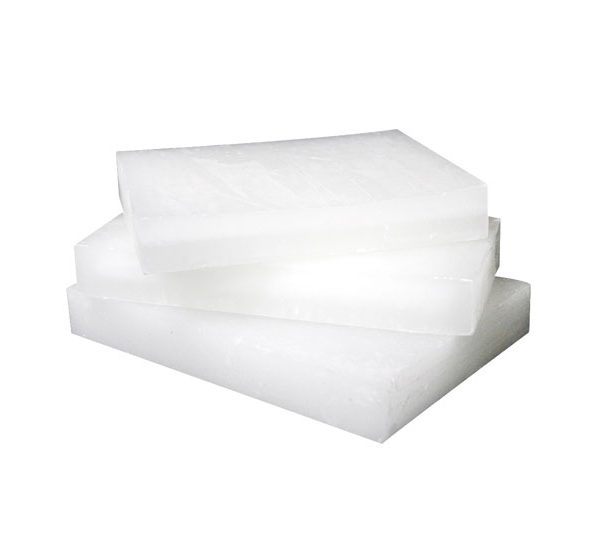


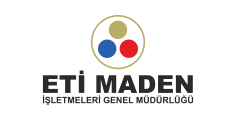
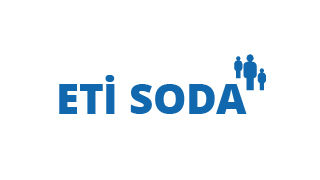
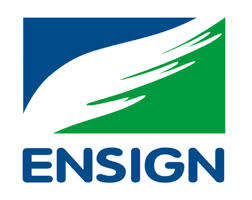


Reviews
There are no reviews yet.